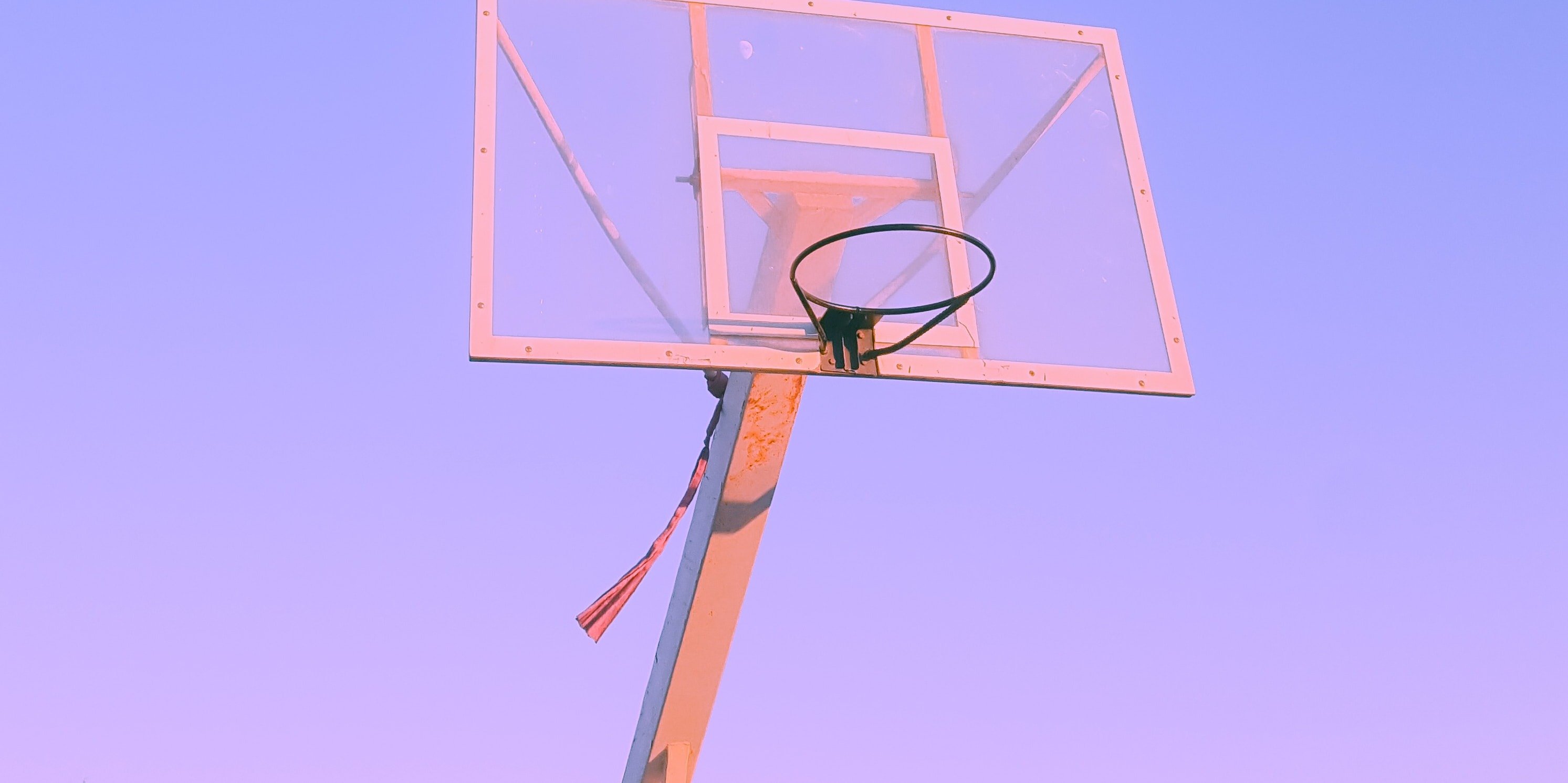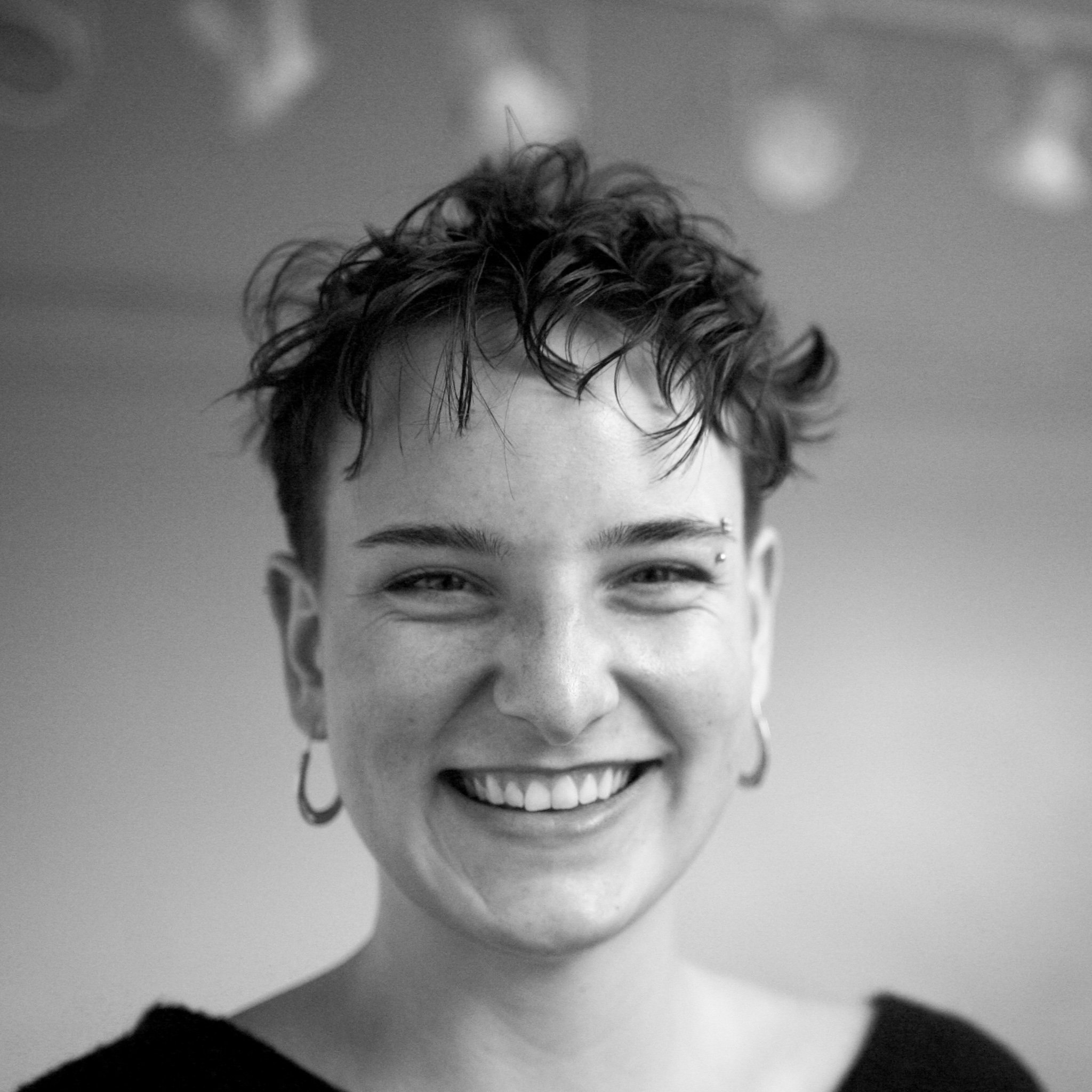Art is Not an Arena. Why Do We Expect Artists to Compete?
Many of us, myself included, were raised in a world where competing with the people around you is the norm—even when it leads us nowhere. Don’t get me wrong: I’m an incredibly competitive person at heart and have been forcibly removed from a number of casual board game groups. But when it comes to art, I believe that competition creates a false sense of scarcity among artists and keeps all of us hungry for the everyday magic of art.
If you’re reading this article, you probably have some complicated feelings about competition, and that’s a-okay. We’re going to kick off our journey with a gentle hot air balloon ride to get an open-minded overview of the artistic landscape and trace how competition has shaped our sector. Once we touch back down on the ground, we’ll dig into what we lose as a society when we make artists compete. Stick around till the end to unlock some collaborative avenues for transforming this competitive arena into an inviting, never-ending potluck.
The artistic landscape
At its core, competing with your peers for a limited pool of resources is a tense, emotionally activating dynamic—one that makes it harder to imagine better for ourselves and the artistic ecosystems we inhabit. When emotions are running high, I find it helpful to get some distance and perspective on the situation. Unfortunately, I don’t have “take your friends on a hot air balloon ride” money. Thankfully, our imagination is a limitless resource, so let’s settle in for a dreamier sort of ride.
As our hot air balloon begins to rise, an expansive arena unfolds before your eyes. Funders, artists, and arts administrators are working feverishly to keep the trains of this competitive system running. But instead of train schedules, the people below you seem to be following seasonal application cycles of grants, residencies, and awards. As our balloon bobs along in the breeze, you have trouble distinguishing between the artists and the arts administrators; it turns out many of them are both.
The higher we float, the outlines of small islands begin to take shape. These funding bodies—foundations, endowments, government agencies—aren’t known for their nimbleness. They are tasked with dispensing a limited amount of funding on an annual basis, usually using competitive principles to select the recipients. It might seem like they’re looking for the “best” or “most relevant” artists, but in reality, funders are looking to support work that is most in alignment with their mission. Funders receive a lot of criticism for using elaborate systems to arbitrarily select (and dismiss) artists, but I find it helpful to remember that they were designed to do exactly this. Like a mountain range, these funding bodies are what gives our competitive, artistic arena its shape.
What we lose when we compete
As we slowly drift back down to earth, you may get stuck overanalyzing how you fit into this landscape. If you’re a working artist, you’re probably accustomed to throwing your hat in the ring and hoping your work stands out enough to get funded. Maybe you’ve gotten pretty good at making a case for your art to funders, and you’re proud of what you’ve been able to accomplish with limited funding. To everyone who has ever tried to engage with this arena, given up on it, succeeded in it, lost hope in it, felt seen within it, paid fellow artists through it: your work is important and the world needs more of it. But here’s the catch—I don’t believe competing more or competing better is the answer.
Let’s see what happens when we apply the principles of competition to another familiar activity, one that's known for being welcoming and nourishing:
You arrive at a potluck with a warm, home cooked meal in hand, ready to share your family’s recipe and enjoy a symphony of unfamiliar flavors and foods. But when you set down your dish, you learn that the potluck will actually include an elaborate food ranking and selection process, governed by people you’ve never met before. They make decisions behind a thick, velvet curtain, while the food gets cold and everyone’s hunger mounts. Finally, they announce the winning dishes—and ask attendees to line up and purchase tickets for a small plateful of food. You leave the event feeling empty, wondering what the rest of the dishes taste like, painfully aware that yours was not selected. You decide to keep your family’s recipe to yourself, to improve your odds for next year.
The absurdity of what you just read illustrates the mind-boggling irony of applying competitive practices to art. The magic of art doesn’t come from finally being chosen, after enduring a grueling fight against total strangers. Like swapping family recipes, there’s an everyday magic to learning about an artist’s process, making time for creative work, or listening to a kid tell you about their favorite part of a play. Competing with fellow artists not only isolates us from one another, but also from ourselves and our creative practices. What art would you cook up, if you weren’t trying to find the secret recipe to success?
Beyond competition
My first, formative experience of competition was playing basketball with my brother, Max. He’s five years older than me and has Down Syndrome, so for most of my childhood we were a thrilling, even match on the court. He would shoot smooth, consistent three pointers, and I kept him on his toes with my crisp layups. But as I got older, my abilities with the ball continued to grow whereas Max’ specialties largely stayed the same. Our matches started to feel out of sync, and it looked like the clock was running out on this rivalry.
That’s when Max and I decided to pivot and try something new. We started playing for fun, and picking basketball exercises focused on collaboration and individual evolution. The ball got passed around more and the net began to feel more like a multipurpose tool, instead of a measure of success. Our rivalry isn’t what it used to be, because a more encouraging, sustainable dynamic has taken root.
Floating above it all in our hot air balloon, it was probably easier to see the conditions of the art world for what they are: arbitrary, isolating, and unsustainable. Down here on planet earth, I find it difficult to stay grounded in hope or imagination when the arena is designed to keep me busy and competitive. That said, some big players who keep my eye on the prize are communities like Anticapitalism for Artists and the movement for guaranteed income in the arts. But when I’m most adrift, I remember the first, small arena I dismantled with one of my favorite people and feel a renewed sense of possibility. Join us anytime—it’s a never-ending potluck.
About Vicky Blume
Vicky Blume lives in Austin, Texas with her cat and partner. She co-leads the unparalleled External Relations team here at Fractured Atlas. In her artistic practice, Blume builds interactive websites, animations, and installations that offer calming and consensual alternatives to the Attention Economy.


